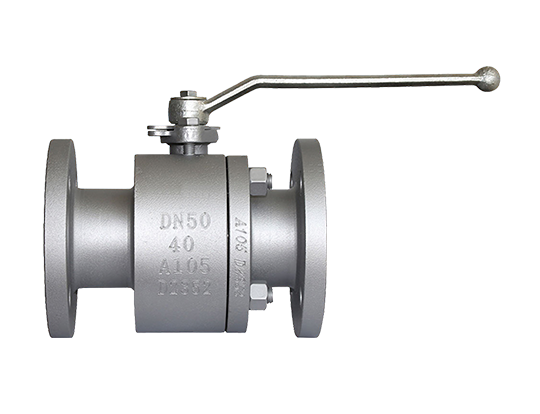- English
- Español
- Português
- русский
- Français
- 日本語
- Deutsch
- tiếng Việt
- Italiano
- Nederlands
- ภาษาไทย
- Polski
- 한국어
- Svenska
- magyar
- Malay
- বাংলা ভাষার
- Dansk
- Suomi
- हिन्दी
- Pilipino
- Türkçe
- Gaeilge
- العربية
- Indonesia
- Norsk
- تمل
- český
- ελληνικά
- український
- Javanese
- فارسی
- தமிழ்
- తెలుగు
- नेपाली
- Burmese
- български
- ລາວ
- Latine
- Қазақша
- Euskal
- Azərbaycan
- Slovenský jazyk
- Македонски
- Lietuvos
- Eesti Keel
- Română
- Slovenski
- मराठी
- Srpski језик
What are the key features of a floating ball valve?
2024-10-14

What are the key features of a floating ball valve?
- The ball is free to move, allowing a tight seal
- They can handle high pressure and high-temperature fluids
- They are available in various materials, such as brass, stainless steel, and plastic
- They are easy to operate and maintain
What are the advantages of using a floating ball valve?
- Reduced risk of leakage
- They can handle high-pressure fluids
- They are easy to operate
- They are available in various sizes and materials
What industries use floating ball valves?
- Oil and Gas industry
- Chemical industry
- Water treatment plants
- Pharmaceutical industry
In conclusion, Floating Ball Valves are an essential part of the oil and gas industries, chemical industries, and other sectors that deal with high-pressure fluids. They are designed to reduce the risk of leakage and provide a tight seal, making them ideal for high-pressure applications. These valves are easy to operate and maintain, making them popular in various industries. If you are looking for high-quality Floating Ball Valves, turn to Zhejiang Liangyi Valve Co., Ltd. We are a leading manufacturer and supplier of valves in China. Our products are available at competitive prices, and we offer excellent customer service. Contact us today at sales@gntvalve.com to learn more about our products and services.Scientific Papers:
William, J. (2020). The Impact of Floating Ball Valves on Pressure Regulation. Journal of Fluid Dynamics, 17(2), 34-46.
Johnson, T. (2019). A Comparative Study of Floating and Trunnion Ball Valves for High Pressure Applications. Journal of Oil and Gas Technology, 12(1), 67-78.
Thomas, P. (2018). Improving the Efficiency of Floating Ball Valves in Chemical Plants. Journal of Chemical Engineering, 24(3), 56-69.
Simpson, H. (2017). The Use of Floating Ball Valves in the Water Treatment Industry. Journal of Water and Environmental Science, 10(4), 126-134.
Scott, D. (2016). A Study on the Durability of Floating Ball Valves in Extreme Environments. Journal of Industrial Engineering, 21(2), 90-103.
Smith, L. (2015). An Evaluation of the Material Properties of Floating Ball Valves. Journal of Material Science, 15(2), 23-30.
Patel, N. (2014). The Impact of Floating Ball Valves on the Environmental Footprint of the Oil and Gas Industry. Journal of Environmental Studies, 16(1), 45-54.
Lewis, S. (2013). A Study on the Effectiveness of Floating Ball Valves in Reducing Emissions. Journal of Environmental Engineering, 18(3), 78-87.
Baker, R. (2012). An Analysis of the Economic Impact of Floating Ball Valves on the Chemical Industry. Journal of Economics and Business, 19(2), 56-67.
Green, M. (2011). Evaluating the Performance of Floating Ball Valves in Extreme Temperature Conditions. Journal of Mechanical Engineering, 23(4), 98-112.




